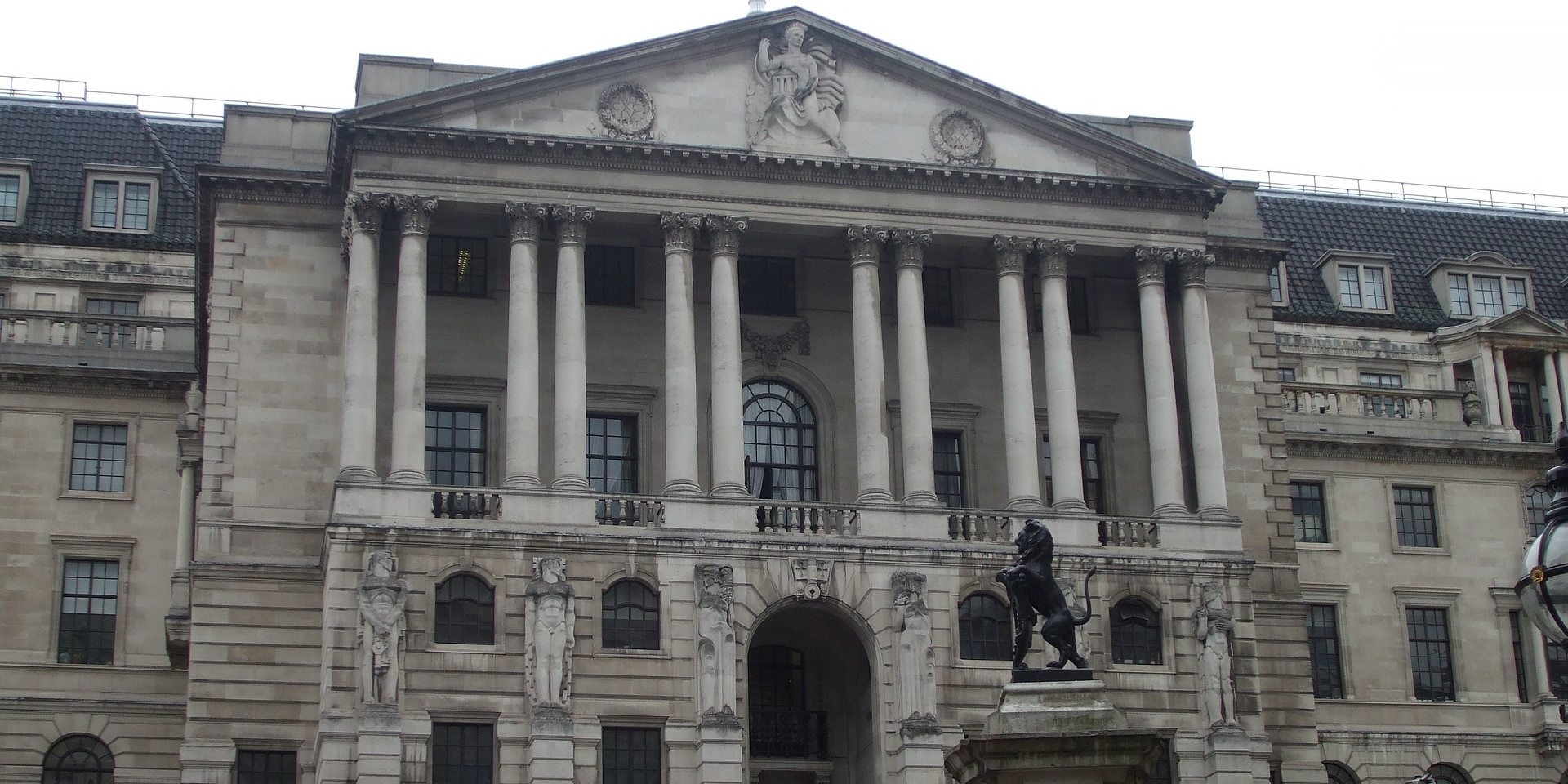
It’s often quoted that economists have predicted nine of the last five recessions. But the Cassandra tendencies of most economists are as nothing compared with those at the Bank of England, who seem to take a perverse pleasure in talking down the economy.
Last week the Old Women of Threadneedle Street predicted a 16% fall in house prices as a result of COVID 19, [1] compared with the much less hysterical figure of 7% forecast by the property market professionals (whose business depends on them getting these figures right).
Now, the Bank has never made any secret of its fondness for “cooling” the housing market (economist-speak for ‘talking down”), but why such a wild variation? A drop of 16% would compare with that of the financial crisis of 2008. However, two of the main factors which led to that historic drop – unavailability of mortgages due to the credit crunch and a lack of first time buyers – don’t apply today. Halifax and other lenders confirmed this week that mortgage products are available across a wide range of Loan-to-Values (LTV) [2] and after a pre-COVID surge in first time buyers [3], the sector came back even stronger after lockdown. The first-time buyer property portal, Share to Buy, reported its highest number of registrations in a single day following the Government’s easing of restrictions last week. [4]
Other property market professionals were similarly sanguine. MovingHomeAdvice.com said this week, “The fundamentals of the property market remain strong and with unemployment mitigated by the Government furlough scheme, cheap and available mortgage money and pent up demand from the hangover of Brexit, we argue that house-prices will not drop significantly anytime soon despite the anxiety of a market frozen by Covid 19 temporarily.” [5]
Nationwide, Halifax, Virgin and Santander have all made it easier for buyers to qualify for loans. Nationwide resumed loans at 85% LTV last Wednesday, while Halifax raised its LTV level from 80% to 85%.
Mark Harris, Chief Exec at SPF Private Clients said “Lenders are adapting and innovating,” observing that lenders have found ways to deal with some of the problems and “there is a willingness to lend. Problems have mostly centred around staff resources, handling the surge in mortgage payment holidays and those staff self-isolating who have children and no childcare”. [6]
Reflecting the general mood, Chris Sykes, mortgage consultant at broker Private Finance stated that this “is great news for the market and for borrowers who will have increased choice going forward. It also means the post-lockdown recovery should be swifter when some semblance of normality returns.” [7]
Regular readers will note that CapitalStackers anticipated a strong return to the housing market after people staring at the same four walls for two months searched for a change of scene. And sure enough, a mere two days after the housing lockdown ended, Miles Shipside, Rightmove director and housing market analyst reported: “The traditionally busy spring market was curtailed by lockdown, but we’re now seeing clear signs of returning momentum, with the existing desire to move now being supplemented by some people’s unhappiness with their lockdown home and surroundings.” Who knew? [8]
Rightmove recorded a 45% jump in visits on Wednesday following the Government’s lockdown-lift announcement on Tuesday, along with a 70% increase in email enquiries about viewings and 2,115 new property listings during the first five hours of trading yesterday. [9]
So where does the Bank of England wring its pessimism from? Might it be the Daily Mail, who wailed this week, “Desperate sellers are dropping the prices of their homes after a glut of properties flooded onto websites today as Britain’s housing market was reopened in a bid to get the country moving again during the lockdown.” [10] Well, yes – it’s undeniable that the number of houses increased when the block was lifted, but even the greenest of new estate agents would not call it a “glut”, any more than taking one’s thumb off a hosepipe could be called a flood.
But such figures would need to be rooted in reality, and the roots of the Bank’s mathematics would seem to be on rocky ground. Predictions of house price falls are realistically based on reports from estate agents of the actual discounts buyers ask for when they make an offer.
And the reality is that in March – according to Liam Bailey, Global Head of Research at Knight Frank – homes were sold on average for 98% of their asking price. Since then, sellers have been accepting offers at 94% of the asking price – a further drop of just four per cent. A far cry from the Bank’s extravagant 16%. [11]
To facilitate a drop of such magnitude would require buyers and mortgage lenders reluctant to take part – neither of which seems to be happening – and those sellers already on the market becoming so desperate that they’re willing to accept such insulting offers, rather than just sitting tight and waiting for the generally predicted rise next year.
“The key question is,” says Bailey, “Will vendors accept discounts of more than five per cent? Some will, but there is growing evidence from the widening spread between average offers and the offers that are being accepted, that many simply won’t.
“If we add into the mix the fact that we have low new-build rates coming through in 2020, low inventory and low interest rates, it becomes less likely we will see significant further falls from here.”
Don’t invest unless you’re prepared to lose all your money. This is a high risk investment. You may not be able to access your money easily and are unlikely to be protected if something goes wrong. Take 2 minutes to learn more.